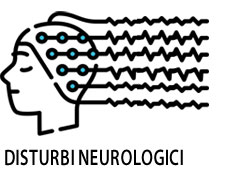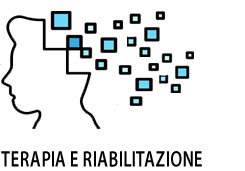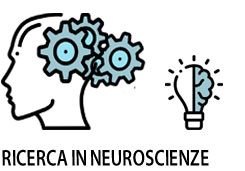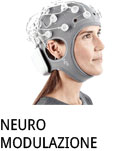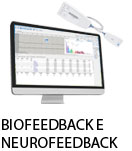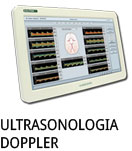- +39 011 5821948
- info@geasoluzioni.it
- Lun - Ven 8:00 - 17:00
Transcranial random noise stimulation and cognitive training to improve learning and cognition of the atypically developing brain: A pilot study
- Abstract:
- Learning disabilities that affect about 10% of human population are linked to atypical neurodevelopment, but predominantly treated by behavioural interventions. Behavioural interventions alone have shown little efficacy, indicating limited success in modulating neuroplasticity, especially in brains with neural atypicalities. Even in healthy adults, weeks of cognitive training alone led to inconsistent generalisable training gains, or “transfer effects” to non-trained materials. Meanwhile, transcranial random noise stimulation (tRNS), a painless and more direct neuromodulation method was shown to further promote cognitive training and transfer effects in healthy adults without harmful effects. It is unknown whether tRNS on the atypically developing brain might promote greater learning and transfer outcomes than training alone. Here, we show that tRNS over the bilateral dorsolateral prefrontal cortices (dlPFCs) improved learning and performance of children with mathematical learning disabilities (MLD) during arithmetic training compared to those who received sham (placebo) tRNS. Training gains correlated positively with improvement on a standardized mathematical diagnostic test, and this effect was strengthened by tRNS. These findings mirror those in healthy adults, and encourage replications using larger cohorts. Overall, this study offers insights into the concept of combining tRNS and cognitive training for improving learning and cognition of children with learning disabilities.
- Patologie/Applicazioni:
- Anno:
- 2017
- Tipo di pubblicazione:
- Articolo
- Parola chiave:
- trns; stimolazione elettrica transcranica; neuromodulazione; corteccia prefrontale
- Testata scientifica:
- Scientific Reports
- Nota:
- La stimolazione elettrica transcranica random-noise (tRNS) è una metodica non invasiva per ottenere effetti neuromodulatori sulla corteccia cerebrale. Stimolando bilateralmente la corteccia prefrontale (DLPFC) si possono ottenere miglioramenti delle performance cognitive su bambini con deficit di apprendimento (MLD). L'uso combinato della stimolazione transcranica e dei training cognitivi può offrire benefici a bambini con disturbi legati all'apprendimento.
Hits: 2153
La nostra storia
GEA soluzioni si affaccia nel 2013 al mercato della strumentazione medicale di alto livello tecnologico ma la sua storia parte da più lontano, clicca qui per approfondire.
GEA SOLUZIONI SRL
via Spalato 72/A, Torino
Tel.: 011 5821948 / 011 4463853
Fax: 011 0433281
Email: info @ geasoluzioni.it
P. IVA IT11696920013
REA TO1233648

